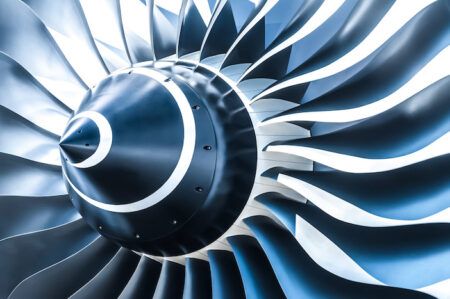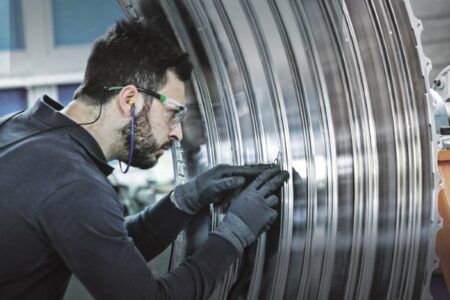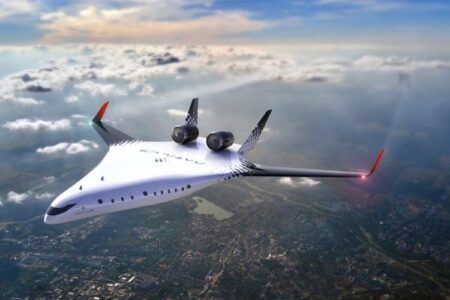Tamarack Aerospace Group has announced after completion of the test program, that its Atlas Active Winglet system for Cessna Citation Jets has received the European Aviation Safety Agency (EASA) Supplemental Type Certificate (STC). It can now be installed on the model CE525 CitationJet and variants (CJ; CJ1; CJ1+). EASA certification for the Cessna M2 will follow in March 2016; US FAA certification is expected for all four variants by the summer of 2016.
Nick Guida, inventor and founder of Tamarack Aerospace, said the winglets “are two to three times more efficient than previous designs. We are very excited to have certified our product on the Cessna Citation and we are already planning modifications to larger aircraft for which we have predicted similar improvements in fuel economy”.
Winglets – the small upturned sections at the end of an airplane’s wings – hold the key to increasing aircraft fuel efficiency. The downside of all traditional (passive) winglets include: compromised winglet size; a payload penalty related to the addition of strengthening structure; and not least, the additional costs and downtime required to open the wings for the installation of the added structure.
Tamarack’s winglet technology incorporates a load alleviation device that allows winglets to be designed to maximize fuel savings without being compromised in size or shape for reasons of wing loads and added structure. No additional strengthening structure is needed and without the need to open the wings for added structure, the downtime and costs of installing them is greatly reduced.
Certification follows a three-year program with over 300 hours of test flights on the testbed aircraft, a ‘straight CJ’ C525-0012, built in 1992. During that time the jet has consistently flown at max takeoff weight to its ceiling limit of FL410 in around 30 minutes or less. At maximum continuous thrust, the block fuel burn on these flights averaged 96 gallons per hour. The active winglet system increases aircraft stability, smooths out inflight turbulence and will also allow an increase in max zero fuel weight and provide better high/hot take performance.
January 29, 2016




